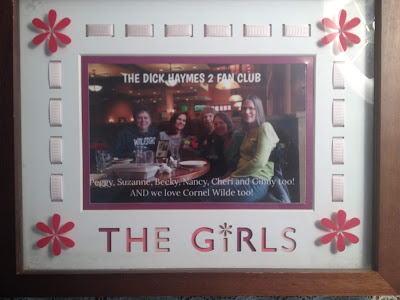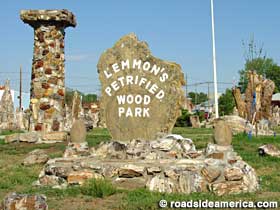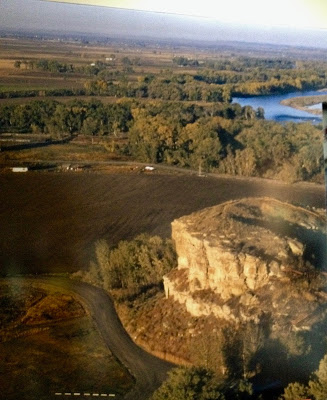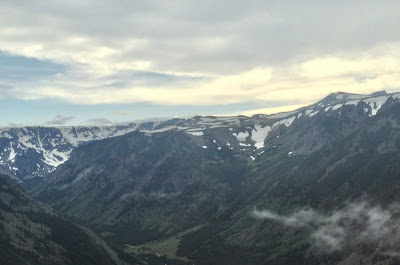We had a lovely final morning with Katie & Savanna - starting with pancakes! - and then left the lake about 1:30 in the afternoon and had a very nice trip back home by a different route that took us through Saratoga, NY and Arlington, VT. We also went by Grandma Miller's Bakery in Londonderry, VT and got a dozen Morning-glory Muffins, which are the best!
We got home a bit after 6:30p.m. and just had time for a snack before going up to Marlboro for the Wednesday Evening Informal Concert, which begins at 8:00pm. By then, the weather was delightfully cool, and I actually put on a flannel shirt to be comfortable.
The program was Schoenberg, Adams and Brahms. The Schoenberg Suite, Opus 29, for 3 clarinets, 3 strings and piano, was wildly dissonant, as Schoenberg usually is (there were lovely melodic moments), but a piece like that is fascinating because you sit there thinking - how is it possible for human beings to play something that is humanly impossible to play? But they do, and they do it to perfection.
(Now as I write this, I am sitting again at Marlboro, and it is Thursday afternoon, and five musicians (including Mitsuko Uchida again) are playing a Schumann Piano Quintet which is gorgeous. What a place!)
Then - to continue Wednesday evening - the String Quartet, No. 1 by John Adams followed. I had never heard this piece before - indeed, it was a Marlboro premier of this work. It was not dissonant in the way Schoenberg is, and it was interesting in many ways - more varied in texture and invention than one might expect from someone called a "minimalist," but it was not melodic. It was also technically very demanding, perhaps even more than Schoenberg! So, again, one was in awe of the technique displayed. But not moved.
Then came the Brahms String Quartet in G-Major, Op. 111. It was not a work familiar to me (it was to Ellen), but it was very melodic and lush. I enjoyed it very much. And, of course, it was also played very well. That you just come to almost take for granted at Marlboro.
Thursday, we had a quiet morning at home, and then went up to Marlboro again, for afternoon rehearsals. This time we heard Schumann and Dvorak. The Schumann Piano Quintet - as noted above - was gorgeous. Much of it familiar, some not so. Obviously, I had heard it before. But it was like hearing it fresh for the first time. We did not get to hear the Dvorak Piano Trio in its entirety - but what we heard was gorgeous, and we plan to go up tomorrow (Saturday), and will hear it all then. Then Thursday evening we went to an information meeting on the border immigration crisis at the Dummerston Church. We got a lot of information which we hope will turn into some kind of action. The situation, especially with children, is horrific.
Right now (Friday) we are going to go to a Hallowell sing at a Hospice Garden Party in Westminster, and that will be followed by a Dummerston Choir rehearsal at which we will learn a choral arrangement of an Elton John song,
Border Song ("Holy Moses!), which Mary Westbrook-Geha has arranged. (Earlier Friday we were at home enjoying the beautiful weather, sitting on the deck, eating and reading. I brought the deck furniture out of the shed).
Later:
We had a lovely time at our Hallowell Sing: it was a beautiful garden, there was very special food, and in addition to our singing, cellist Eugene Friesen played, including a couple of movements from Bach's
Unaccompanied Cello Suites. Then we came back to Dummerston and had great fun with the Elton John song.
 |
| The musicians for the Schoenberg Suite |
 |
| The musicians for the Adams Quartet |
 |
| This Chinese New Year's Dragon has been hanging in the Marlboro Dining Hall for as long as i can remember |
 |
Musicians for the Brahms Quintet
|


























































